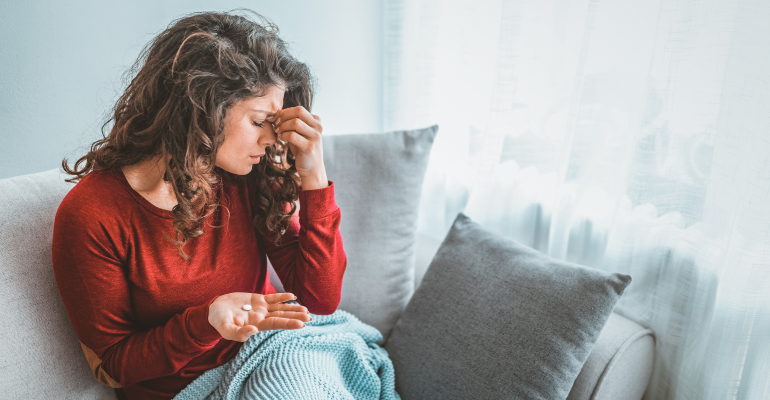Migraines affect approximately one billion people globally, making it important to raise awareness about this debilitating condition, promote better understanding, address the misconceptions, and reduce the stigma associated with it. It is also an ideal time to highlight treatment options and coping strategies for individuals dealing with the physical, emotional, and mental trauma the condition brings along with its onset.
Migraine is a neurological disorder characterised by recurrent episodes of moderate to severe headaches. It is often accompanied by nausea, stiffness in the neck and should, photophobia and phonophobia. Migraine headaches are often described as pulsating or throbbing in nature and typically affect one side of the head, although they can occur on both sides as well.
Dr. Suhail Alrukn, Consultant Neurology, City Hospital, Mediclinic, UAE says that the condition has affected almost 15 per cent of the region’s general population and significantly impacts not only those directly affected but also their friends, families and social communities. Some of the common trigger factors include stress, anxiety, insufficient sleep, harsh lighting, overexertion, skipping meals, lack of hydration, sensitivity to certain spices, and foul odour.
Related: Grasping the economic cost of chronic pain
A typical migraine attack could last as low as a couple of hours or could continue for a few days. Hence, it is imperative to recognise the symptoms and approach a neurologist who could assist with the ideal course of treatment for the condition.
The condition is classified into two main types, says Dr. Walid Alesefir, Consultant Neurologist, Al Habib Hospital, Riyadh, Saudi Arabia. The first is the migraine with aura, in which sensory and other neurological symptoms precede a migraine attack. The second is migraine without aura, the more commonly occurring type affecting atleast 70-75 per cent of the people with the condition.
Another existing subtype is chronic migraine, also known as episodic migraine, causing a devastating 15 or more days of headache each month, with few days of severe migraine-like symptoms. He stresses the need for a proper diagnosis of the patient to initiate treatment based on the severity of the symptoms. Treatment could include preventive therapy wherein prescribed medications are taken regularly to reduce the intensity of the migraine. Another could be the abortive therapy which refers to treatments aimed at stopping or relieving a migraine attack as soon as possible, ideally at its early stages.
Often under-diagnosed and under-treated, it is imperative to raise awareness among healthcare providers, family, friends, and co-workers about the consequences of this condition, says Dr. Mohamed Osama Abdelghany, Chairman of the Egyptian Headache Chapter and Professor of Neurology at Ain Shams University, Egypt.
He adds that there need to be specialised clinics within hospitals dedicated to treatment for migraines. Patient and family-driven advocacy is essential in decreasing the stigma associated with the condition. Self-awareness among those affected is essential to advocate for themselves and others.
While this month has drawn more attention towards this condition which many silently suffer with, it comes as a reminder for individuals to prioritise their well-being, talk openly about their suffering, and seek medical and personal attention for their comfort.

